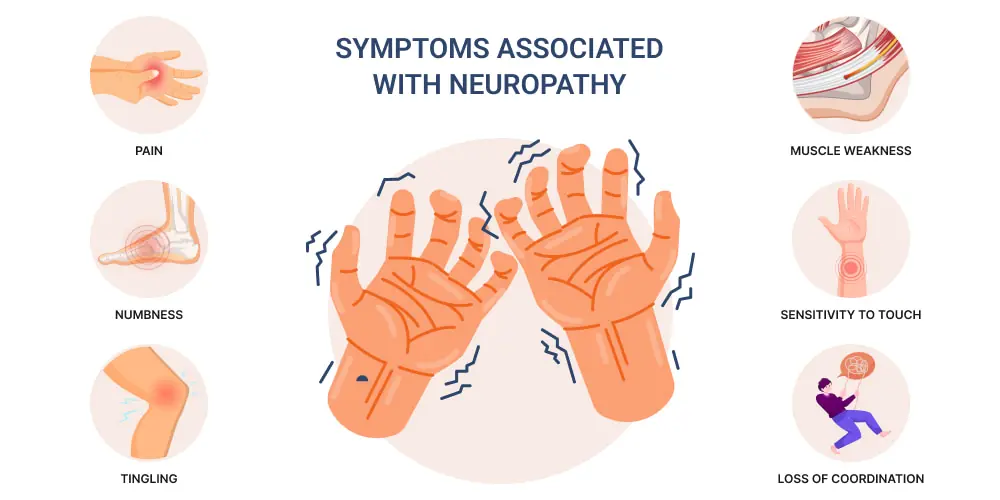
The Hidden Dangers of Intermittent Fasting: What Happens During a 36-Hour Fast?
The Hidden Dangers of Intermittent Fasting: What Happens During a 36-Hour Fast?

Intermittent fasting has become a popular diet trend worldwide, praised for its potential benefits in weight loss and metabolic health. But a recent simulation showing the body’s reaction to a 36-hour fast has many people questioning whether this method is as safe as it seems.
What Is Intermittent Fasting?
Unlike traditional diets that focus on what you eat, intermittent fasting is about when you eat. Common fasting patterns include the 16:8 method, alternate-day fasting, and extended fasts like the 36-hour fast. These methods aim to trigger fat burning by limiting the eating window and giving the body more time in a fasted state.
Viral Simulation Sparks Concern
A 55-second video by the Wellness Wise YouTube channel recently went viral for simulating the body’s response to a 36-hour fast. The video showed that even after just four hours of not eating, the body begins undergoing noticeable metabolic changes. As time progresses, fat is burned for energy—but not without side effects.
The shocking part? Many viewers were unaware of the potential health consequences of extended fasting.
Common Side Effects of Intermittent Fasting
While intermittent fasting can aid in weight loss, experts warn about several risks—especially during prolonged fasts like the 36-hour version. According to The Emily Program, a mental health and nutrition service, side effects may include:
-
Intense hunger and cravings
-
Fatigue and decreased energy levels
-
Headaches and dizziness
-
Digestive issues (constipation, bloating)
-
Mood swings and irritability
-
Bad breath
-
Trouble sleeping
-
Dehydration and frequent urination (polyuria)
-
Nutrient deficiencies and malnutrition
-
Hormonal imbalances and reproductive health concerns
These symptoms vary depending on individual health, diet history, and the fasting method used.
Limited Research and High Drop-Out Rates
Despite its growing popularity, clinical research on intermittent fasting remains limited. The Emily Program noted that many fasting trials are short-term and have high dropout rates, suggesting the diet may not be sustainable for most people.
A professor of metabolic physiology at the University of Bath, James Betts, also expressed skepticism. In an interview with The Guardian, he explained, “There are a lot of proposed benefits to running on fats, but most of the dramatic health claims haven’t been proven in human studies.”
Potential Mental Health Risks
Perhaps most concerning is the link between fasting and disordered eating. While intermittent fasting is not considered an eating disorder, consistently ignoring hunger cues may lead to a disordered relationship with food. Experts urge caution, especially for individuals with a history of restrictive eating or body image issues.
Final Thoughts: Is Intermittent Fasting Safe?
Intermittent fasting may work for some, but it’s not a one-size-fits-all solution. The 36-hour fasting trend, while effective in burning fat, can also trigger a range of negative side effects and health risks.
Before starting any fasting regimen, it’s important to:
-
Consult with a healthcare provider or dietitian
-
Start with shorter fasting windows
-
Monitor how your body responds
-
Avoid extreme fasting if you have a history of eating disorders or chronic health conditions
News in the same category


Sudden Sharp Chest Pain? The Mystery May Finally Be Solved

8 Warning Signs Your Oxygen Levels May Be Too Low — And How to Improve Them Naturally

Man Loses 400 Pounds Naturally and Raises Funds to Remove Excess Skin

47-Year-Old Man Dies of Liver Cancer: ‘2 Pains and 2 Itches’ Could Be Warning Signs of Liver Disease

Losing 93 Kilograms by Eating Only Meat and Eggs for Half a Year — Even the Doctor Was Shocked

How Dangerous Are Brain Tumors? If You Have These Symptoms, Get Checked Before It's Too Late

There’s an “Emperor’s Acupoint” on Your Foot! Rub It 30 Times Morning and Night to Activate Blood Circulation from Head to Toe

2 Types of Fruits That Cancer Cells “Love” – What You Need to Know

7 Warning Signs of Cancer: Don’t Ignore the SOS Signals Your Body Is Sending You!

Peripheral Neuropathy in Hands: Causes, Symptoms, and Treatment Options

What Is an ESR Test? Understanding the Erythrocyte Sedimentation Rate and Its Role in Detecting Inflammation

‘Ghost Boy’ Martin Pistorius Regains Awareness After 12 Years—Reveals He Was Conscious All Along

Hospice chef reveals the one comfort food most people ask for before they die

Parents Who Feared COVID Allegedly Confined Children at Home for Years

Common Symptoms of the New Covid-19 Variant

The Power of Gyan Mudra: Benefits and How to Practice It

How Can You Tell If Someone Has a Blood Clot? Doctor Says People With Blood Clots Often Show 4 Symptoms During Sleep

Shocking Discovery: 95 Gallstones Removed From a 40-Year-Old Woman – Doctors Urge “Stop This Eating and Sleeping Habit Immediately”
News Post

How to help naturally relieve gout and joint pain

Sudden Sharp Chest Pain? The Mystery May Finally Be Solved

8 Warning Signs Your Oxygen Levels May Be Too Low — And How to Improve Them Naturally

Man Loses 400 Pounds Naturally and Raises Funds to Remove Excess Skin

47-Year-Old Man Dies of Liver Cancer: ‘2 Pains and 2 Itches’ Could Be Warning Signs of Liver Disease

Losing 93 Kilograms by Eating Only Meat and Eggs for Half a Year — Even the Doctor Was Shocked

How Dangerous Are Brain Tumors? If You Have These Symptoms, Get Checked Before It's Too Late

Man Spends Life Savings On Abandoned Ghost Town Once Worth $500 Million

Detox Naturally with Tangerine, Walnuts, and Ginger: A Gentle Reset for Energy, Digestion & Vitality

🌿 10 Amazing Health Benefits of Okra

Clove Benefits: The Tiny Spice with Powerful Healing Properties You Need to Know

Clear Mucus from Your Lungs in Just 3 Days and Support Your Thyroid with Just One Orange – See the Recipe!

My Stepdaughter Was Locked up in a Closet During My Wedding Ceremony – We Were Shocked to Discover Who Did That to Her and Why

My Parents Chose My Sister Over My Wedding — So My Best Man Put Them on Blast

Flight Attendant Woke Me Up & Told Me to Check My Husband's Bag While He Was Away — I Never Expected What I Found

My Husband Brought an Xbox to the Delivery Room and Invited His Friend Because He 'Didn't Want to Be Bored While I Was in Labor'

I Found Tickets in My Husband's Old Jacket and Filed for Divorce the Next Day

Scientists Baffled By Perfect Sphere Emitting Radio Signals From Deep Space

Meet Borealopelta markmitchelli: The Best-Preserved Dinosaur Fossil Ever Discovered
